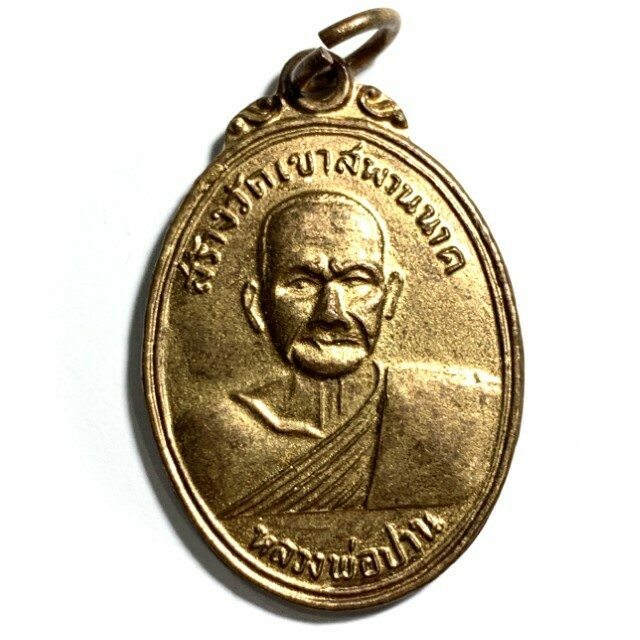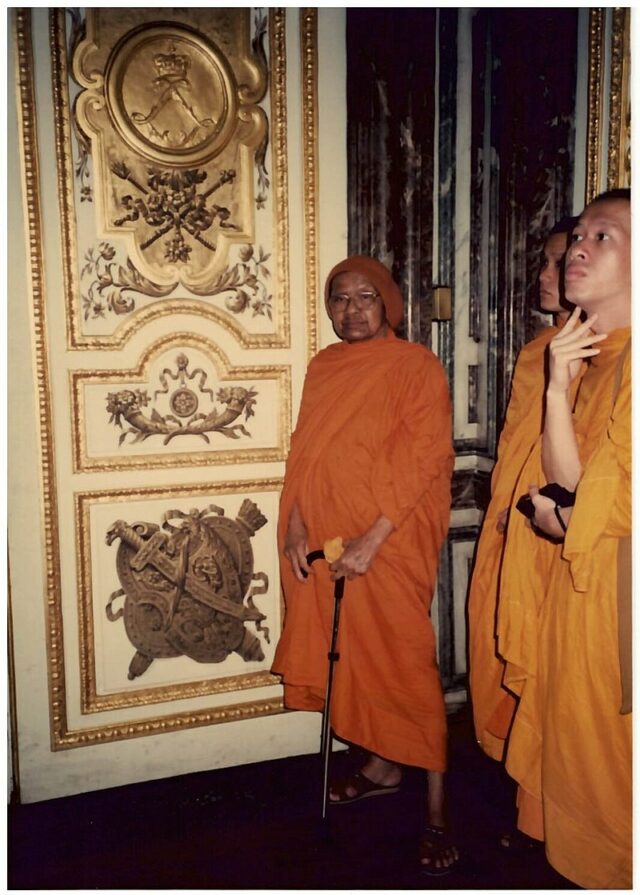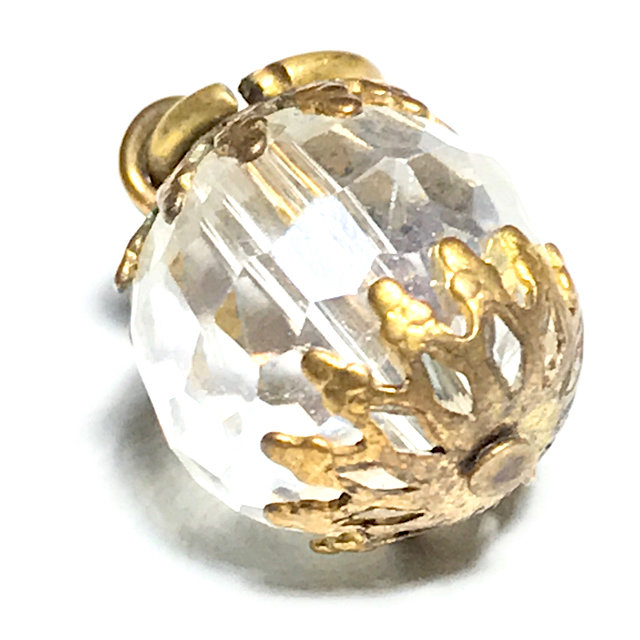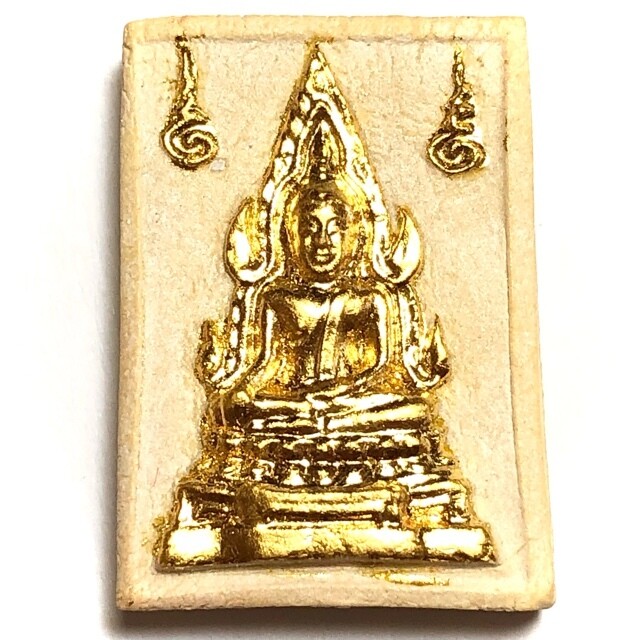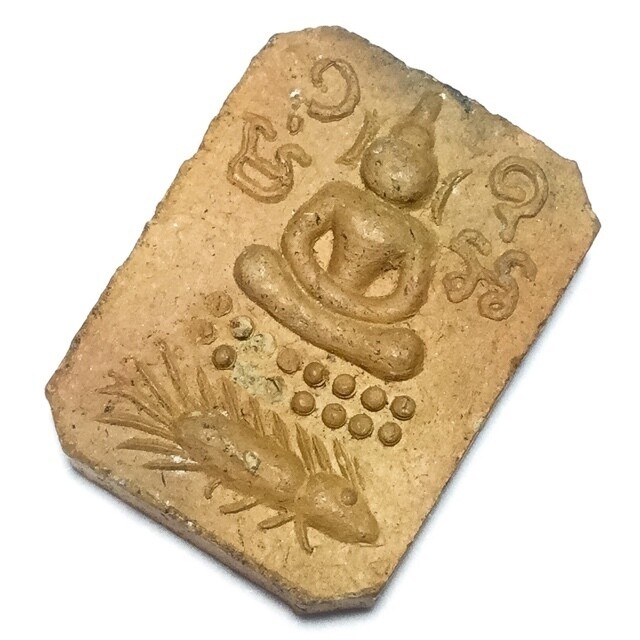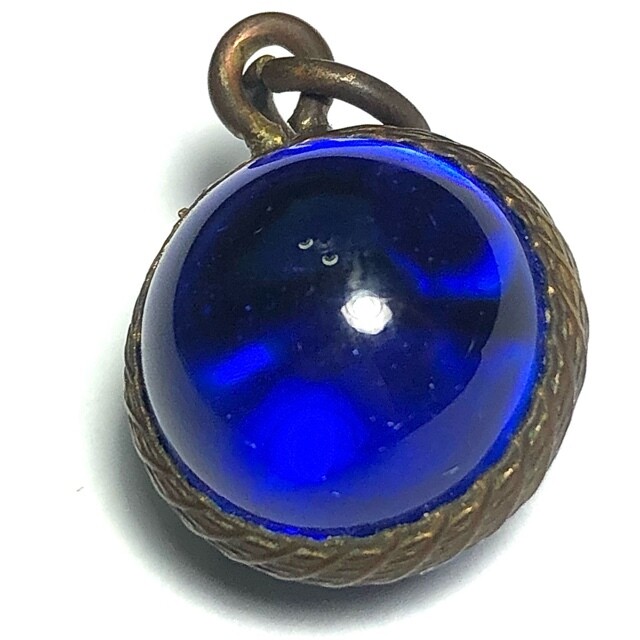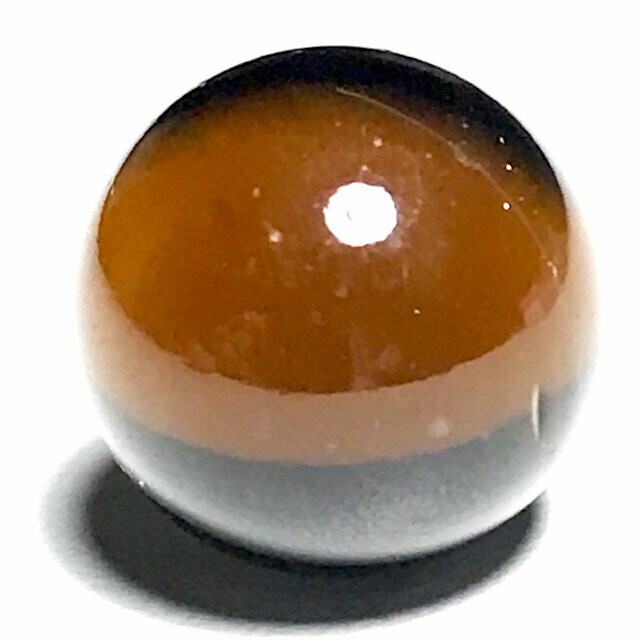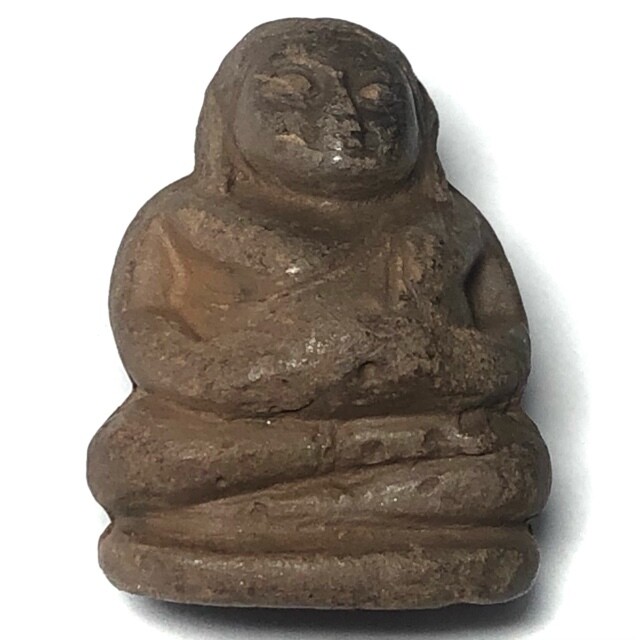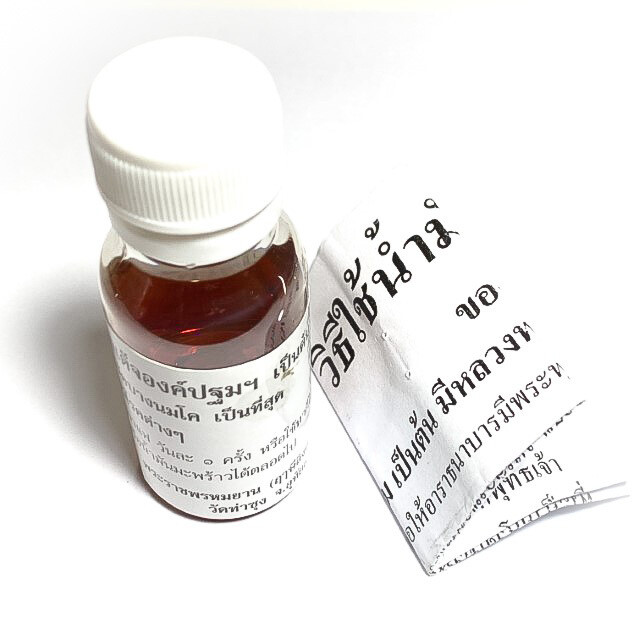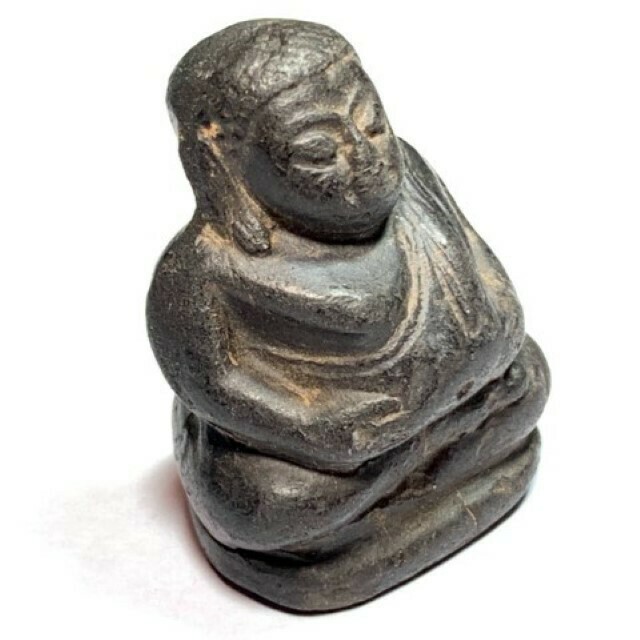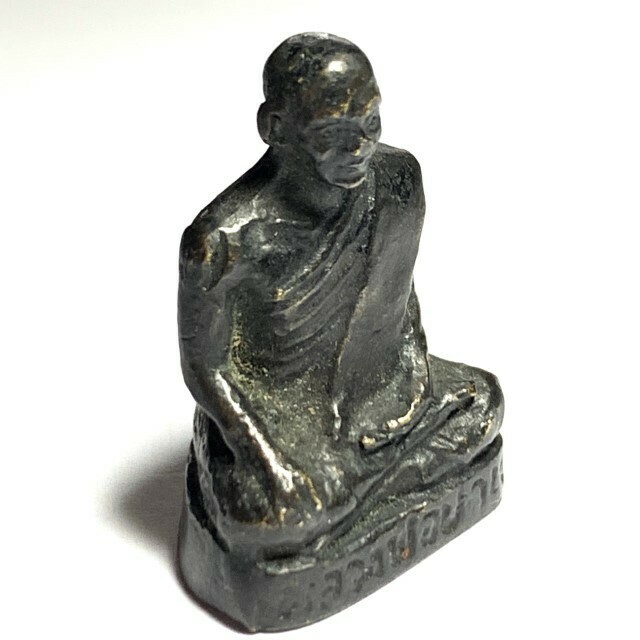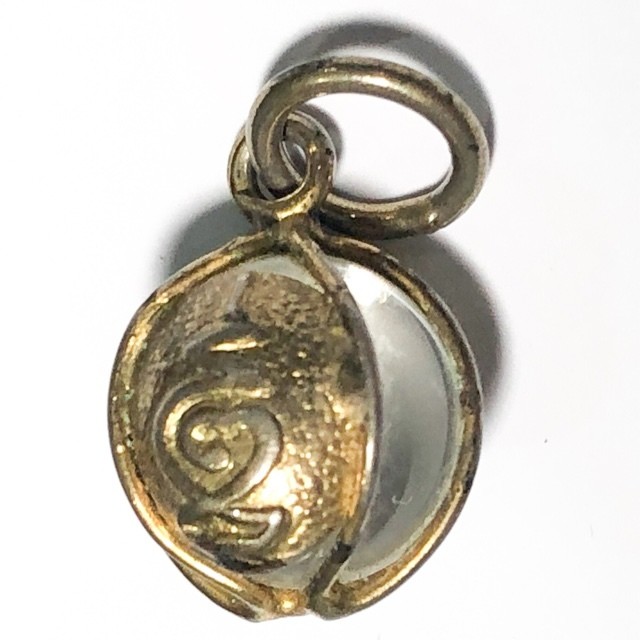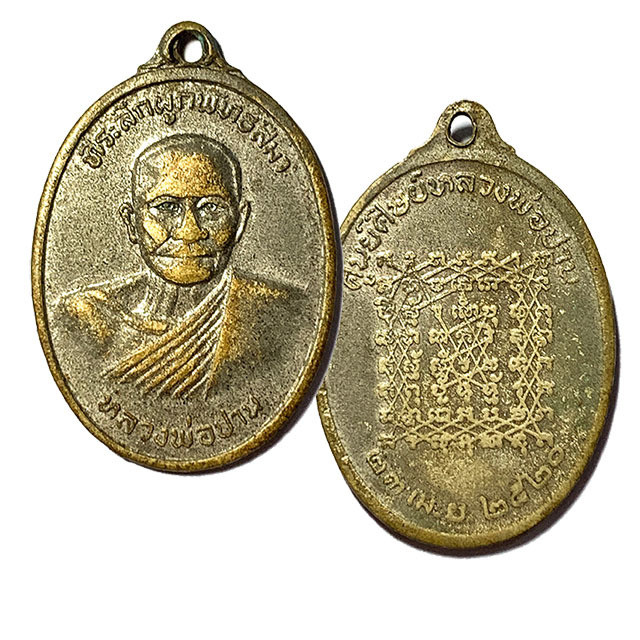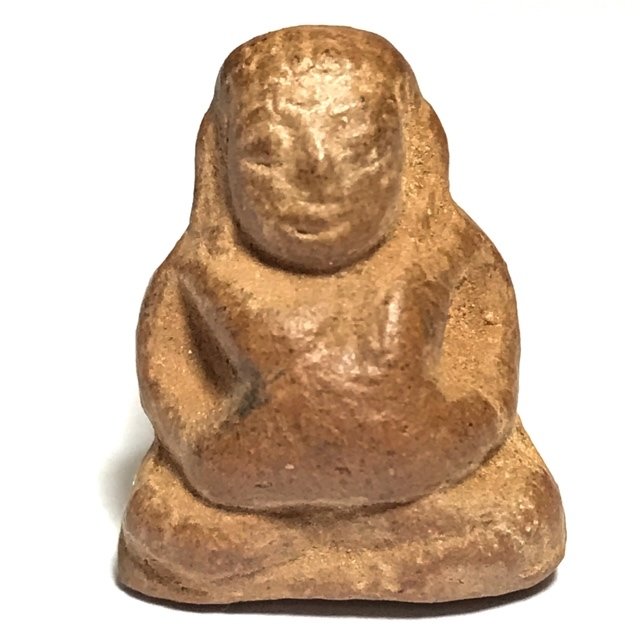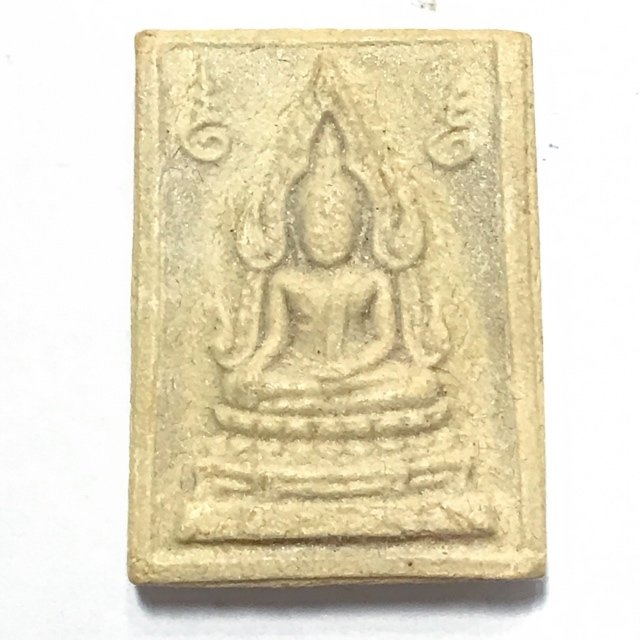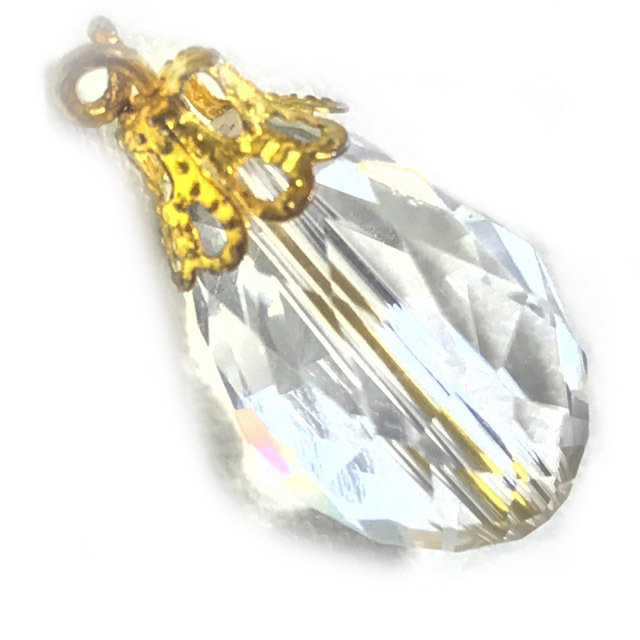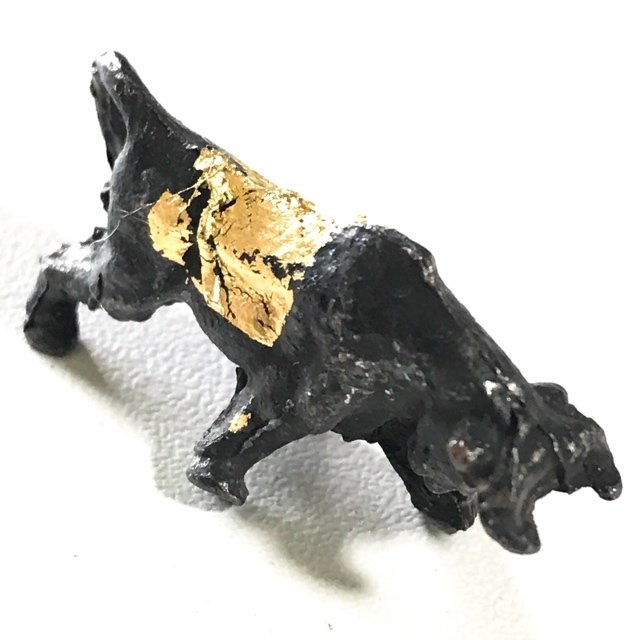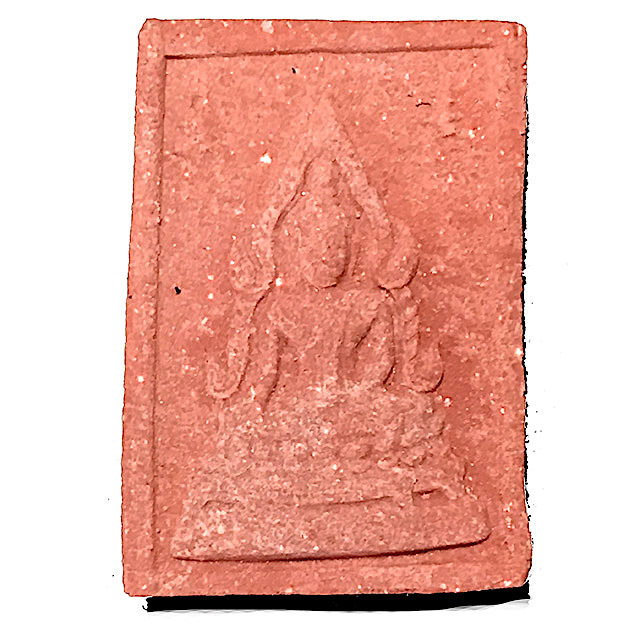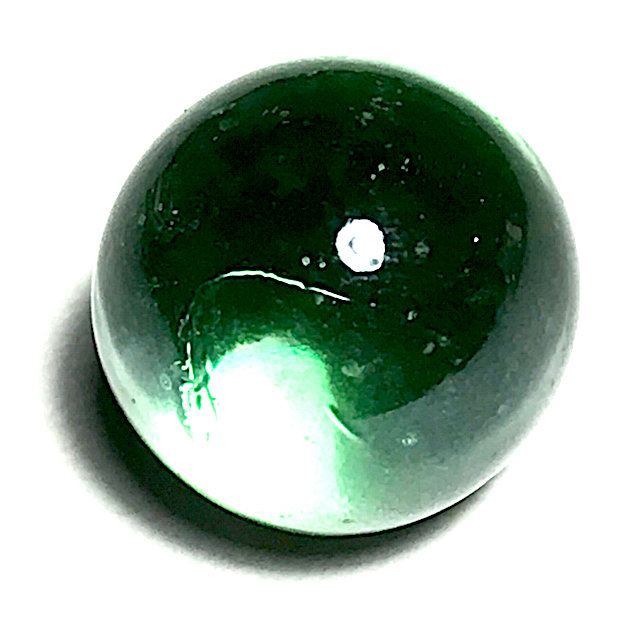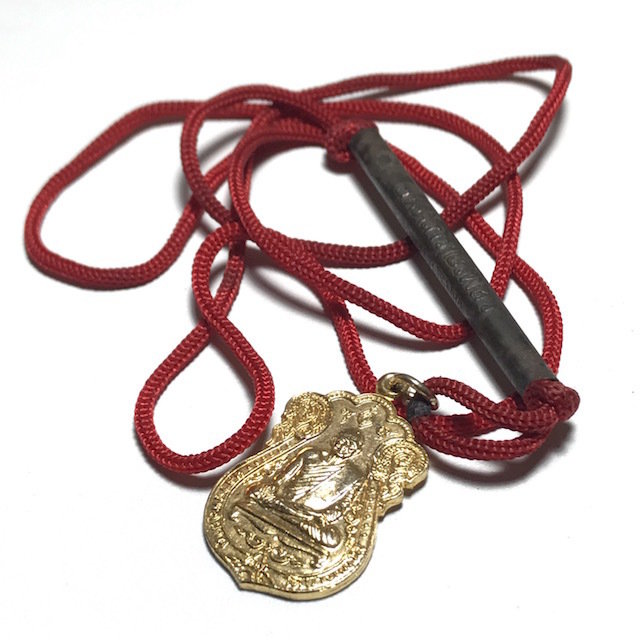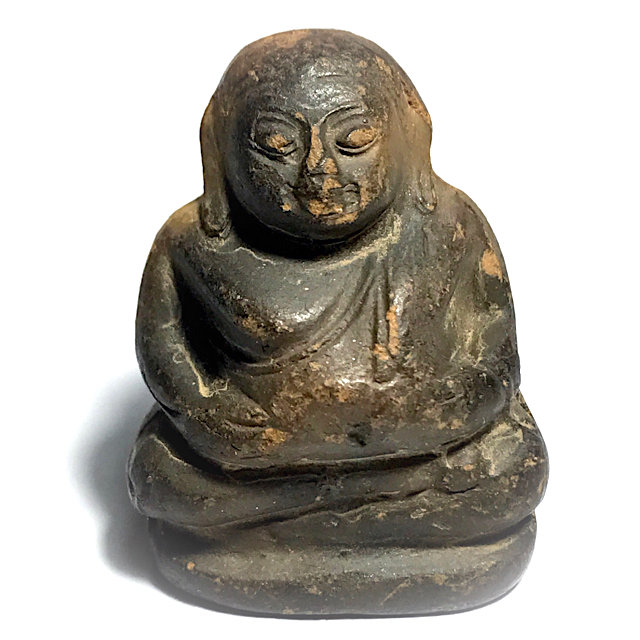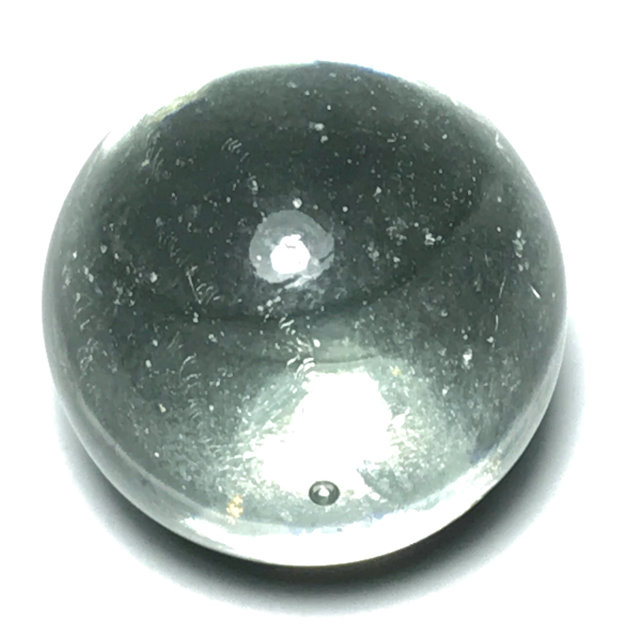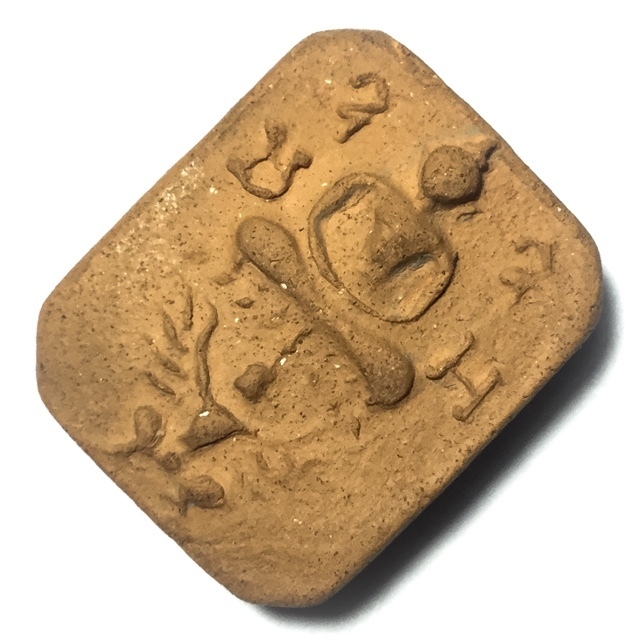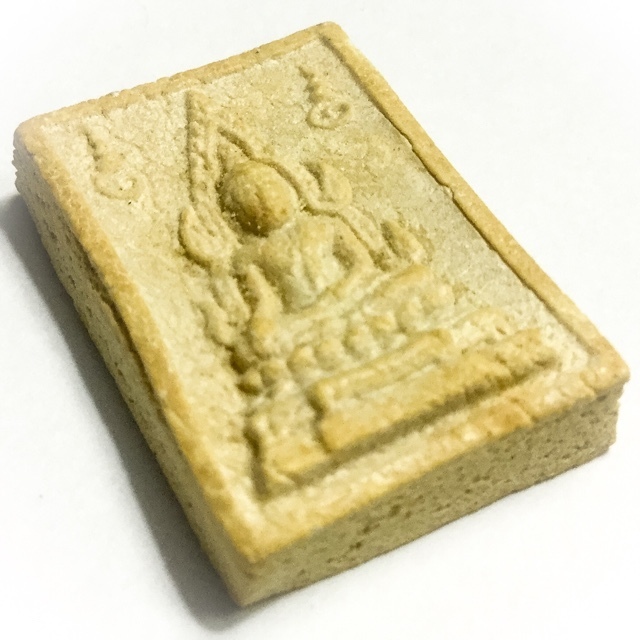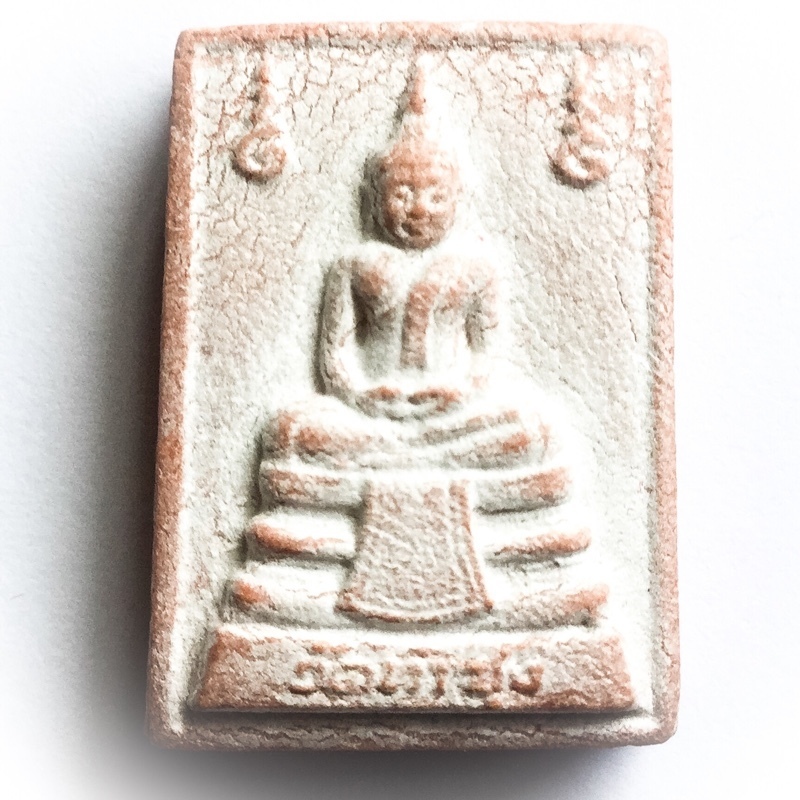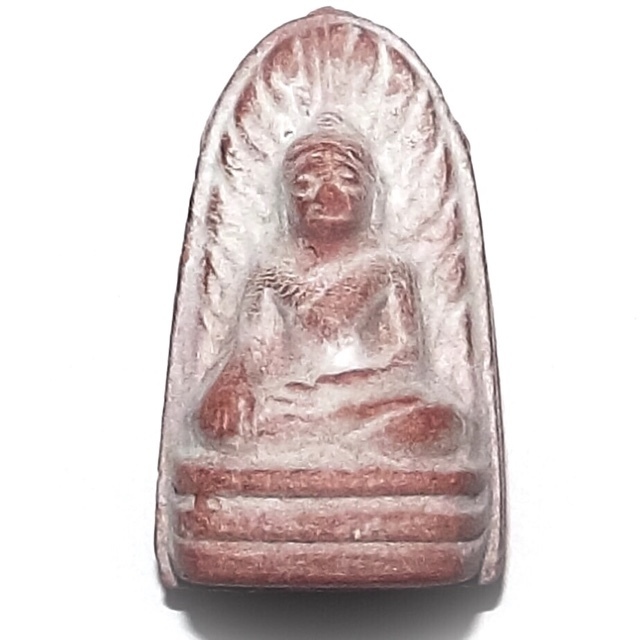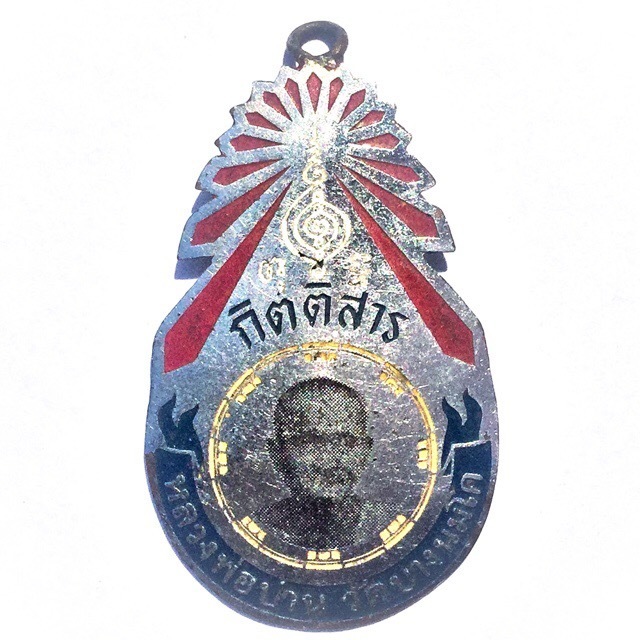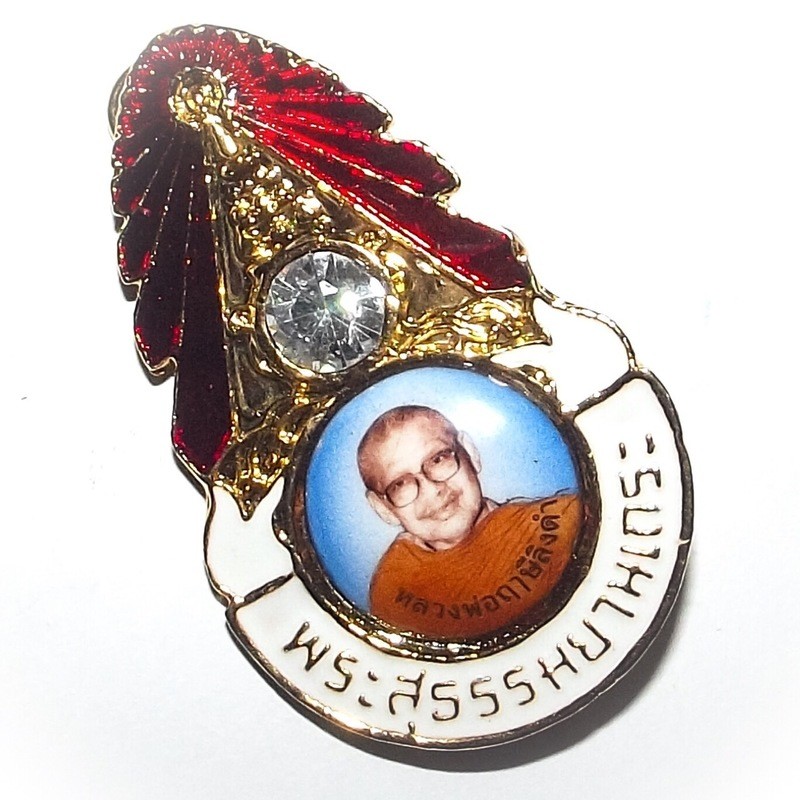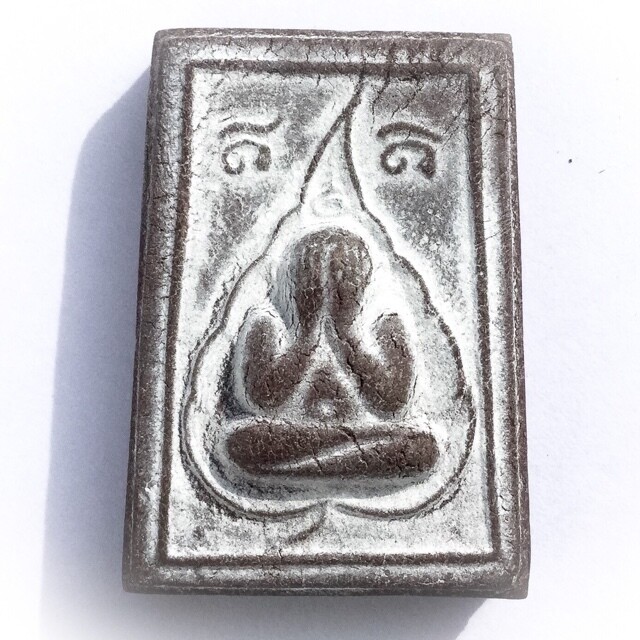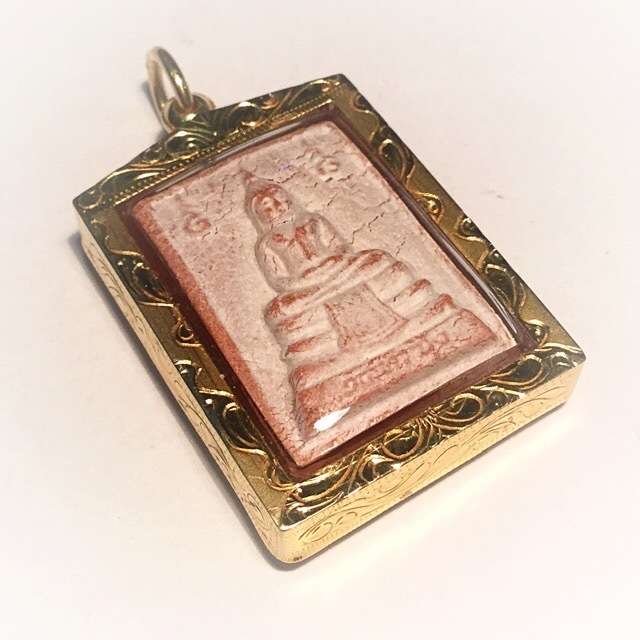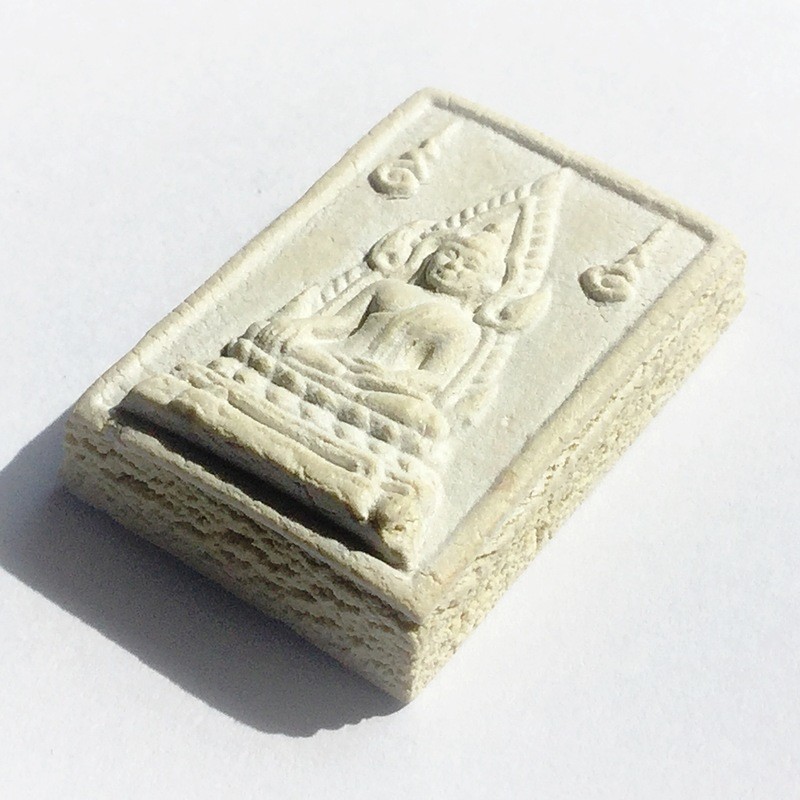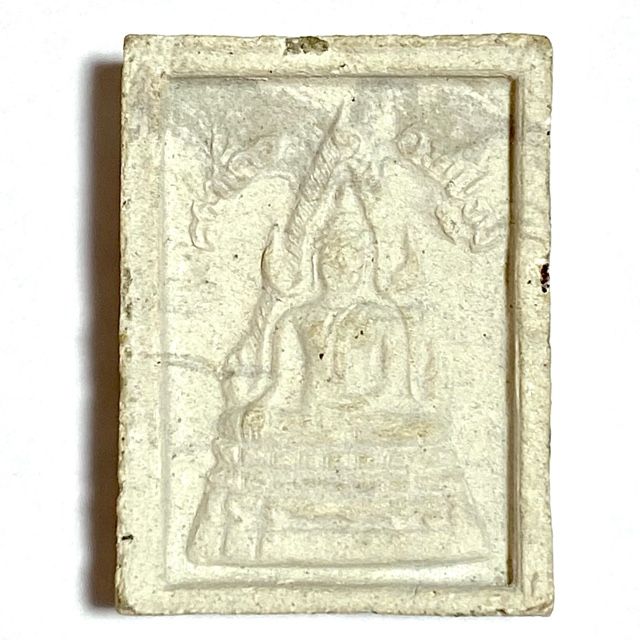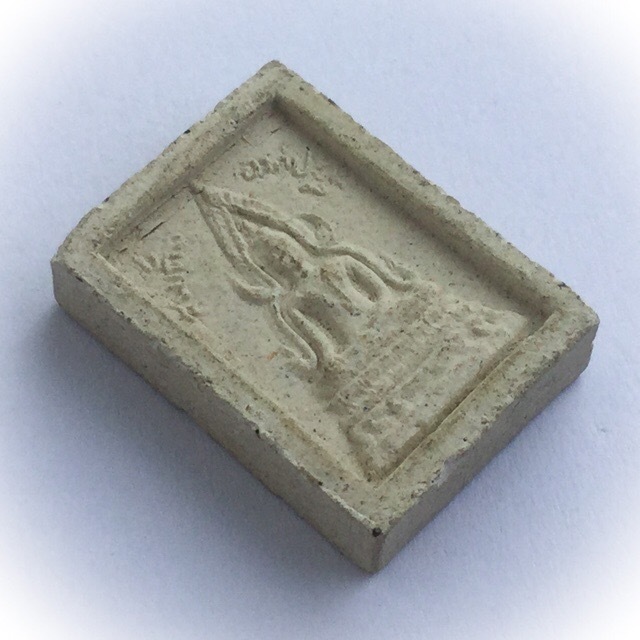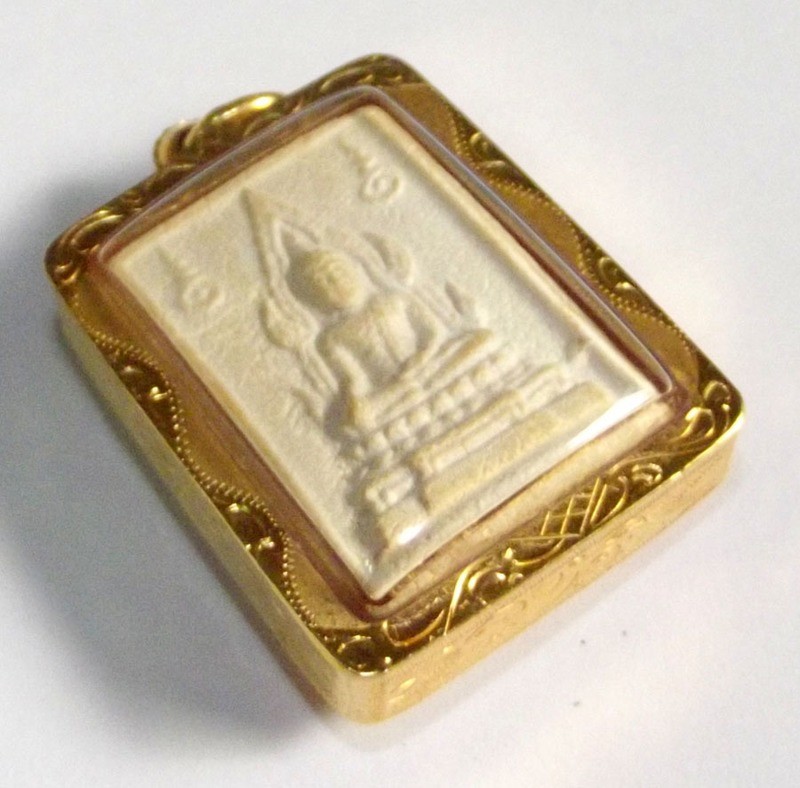
Examination of Luang Por Ruesi Ling Dam’s Life and Legacy
This comprehensive analysis examines the life and legacy of Phra Raj Promyan (Veera Thavaro), commonly known as Luang Por Ruesi Ling Dam. The Great Luang Por Ruesi Ling Dam, of Wat Tha Sung, was a distinguished Buddhist monk of the Theravada Mahanikai tradition. As the former abbot of Wat Chantaram (Wat Tha Sung) in Uthai Thani Province, his contributions to Buddhism and social welfare have left an indelible mark on Thai society.
In examining the life and legacy of Luang Por Ruesi Ling Dam, one encounters a figure whose spiritual and societal contributions transcended conventional monastic roles, embodying a rare synthesis of ascetic discipline, esoteric mastery, and progressive social vision. Emerging from the rural landscapes of Suphan Buri Province in 1916, his early years laid the foundation for a spiritual journey that would later redefine the parameters of Thai Buddhist practice. Though initially drawn to military medical service, his eventual ordination at Wat Bang Nom Kho under Luang Por Pan marked a decisive turn toward religious life, where he absorbed not only traditional meditation techniques but also inherited ancient lineages of sacred knowledge that would become central to his later work. This formative period cultivated his distinctive approach to Buddhist practice, blending rigorous scriptural study with profound engagement in mystical traditions.
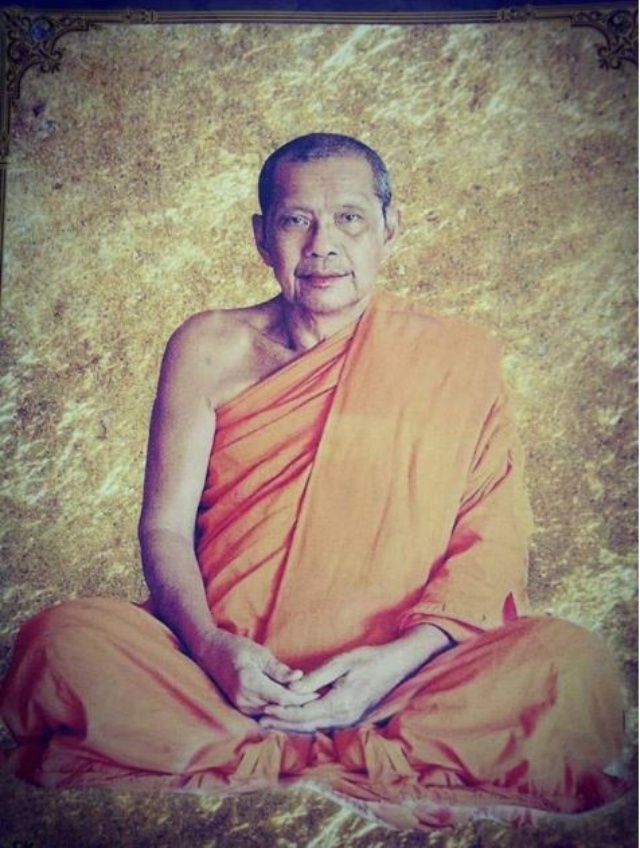
Luang Por Ruesi Ling Dam of Wat Ta Sung
Equally significant was his acquisition of the Wicha Yant Grao Paetch, an esoteric protective system combining geometric yantra designs with mantric incantations, which he refined through years of solitary retreats in Thailand’s wilderness regions. The transmission of this knowledge occurred alongside his mastery of the Pra Putta Jao Prap Sadtw amulet tradition, characterized by intricate depictions of the Buddha astride sacred animals—a visual metaphor for transcending worldly attachments. These practices, rooted in pre-modern Thai spirituality, were reinterpreted through his innovative lens, merging animistic elements with orthodox Theravada teachings to create accessible spiritual tools for lay devotees. His methodology emphasized not merely ritual correctness but the cultivation of right intention, insisting that the efficacy of sacred objects derived from the practitioner’s mental purity as much as from technical precision.

Beyond his esoteric expertise, Luang Por Ruesi Ling Dam’s leadership at Wat Tha Sung exemplified his visionary approach to institutional Buddhism. Transforming a derelict temple complex into a spiritual metropolis, he oversaw the construction of architecturally innovative structures like the 100-meter glass meditation hall while simultaneously establishing educational and healthcare facilities. This physical expansion mirrored his philosophical commitment to holistic development, where architectural grandeur served not as mere spectacle but as a pedagogical tool to inspire spiritual aspiration. The temple’s transformation into a center for both advanced meditation practice and social welfare programs reflected his conviction that spiritual enlightenment and societal betterment constituted interdependent dimensions of Buddhist practice.

Of particular note was his establishment of Mother and Child Rural Hospital No. 61, an institution that applied the Buddhist principle of mettā (loving-kindness) through modern medical care. This project, like his network of poverty alleviation centers, demonstrated his ability to translate abstract doctrinal concepts into tangible social interventions. His approach to philanthropy avoided paternalistic models, instead emphasizing community empowerment through education and sustainable resource development. These initiatives gained royal endorsement as they aligned with King Rama IX’s development philosophy, creating synergies between monastic and state-led welfare systems that continue to influence Thai social policy.

From a broader perspective, his systematization of forty meditation methods represents a watershed in Thai Buddhist pedagogy. By categorizing diverse contemplative techniques according to practitioner aptitude and psychological disposition, he democratized access to advanced practices traditionally reserved for monastic elites. His instructional materials, recorded in over a thousand sermon tapes and numerous published texts, blended Pali canonical references with vernacular explanations, bridging the gap between scholarly Buddhism and popular devotion. This pedagogical innovation preserved ancient practices while making them relevant to urbanizing Thai society, addressing modern challenges like spiritual alienation through time-tested contemplative frameworks.
The technical sophistication underlying his amulet production processes warrants special attention. Each Pra Putta Jao Prap Sadtw amulet underwent meticulous preparation, from the collection of sacred soils from historic Buddhist sites to the precise astronomical timing of consecration rituals. The integration of herbal compounds blessed during lunar eclipses with metallic alloys forged under specific planetary alignments demonstrated his synthesis of traditional lore with empirical observation. These objects, far from being mere talismans, served as didactic tools encoding complex cosmological principles, their symbolic imagery inviting devotees to contemplate the Buddha’s triumph over metaphorical “animalistic” mental defilements.

Remarkably, his posthumous influence has grown through the extraordinary preservation of his physical form, a phenomenon that continues to attract scientific interest and devotional fervor. The uncorrupted body displayed in Wat Tha Sung’s crystal shrine has become a focal point for discussions about the mind-body relationship in Buddhist soteriology, with some interpreting it as evidence of advanced meditative attainment. This enduring physical presence has paradoxically reinforced his teachings on impermanence, serving as both a relic of spiritual accomplishment and a reminder of the ultimate goal beyond material form.
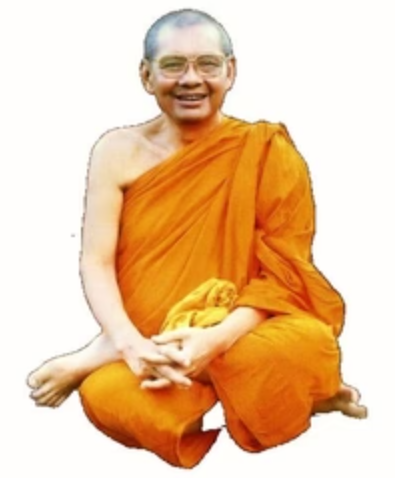
Contemporary assessments of his legacy must consider his role in preserving Thailand’s esoteric traditions during periods of rapid modernization. By institutionalizing practices like yantra tattooing and amulet consecration within orthodox monastic settings, he prevented their marginalization as mere folk superstitions. His scholarly documentation of these traditions, including detailed ritual manuals and cosmological diagrams, created an archival foundation for future academic study while maintaining their living practice. This dual commitment to preservation and adaptation offers a model for cultural sustainability in globalizing religious contexts.
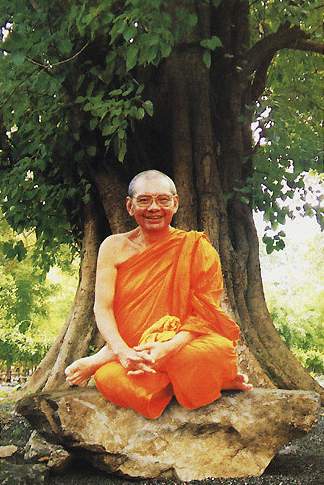
Critically, his work challenges conventional dichotomies between ascetic withdrawal and social engagement, between mystical practice and rational philanthropy. The meditation retreats he established adjacent to hospital complexes symbolized his integrative vision, where contemplative practice fueled compassionate action. This approach anticipated contemporary discussions about engaged Buddhism, positioning spiritual development not as escape from societal problems but as essential preparation for addressing them effectively. His emphasis on measurable social outcomes alongside meditative achievements redefined expectations for monastic leadership in modern Thailand.
The international dimensions of his influence, though less documented, manifest through the global distribution of Wat Tha Sung amulets and the adaptation of his meditation techniques by transnational Buddhist communities. Diaspora Thai communities particularly utilize these spiritual artifacts as cultural anchors, while Western practitioners appreciate his systematic approach to mindfulness training. This cross-cultural resonance underscores the universality underlying his culturally specific practices, revealing how localized spiritual traditions can address global existential concerns when transmitted with pedagogical clarity.

In retrospect, Luang Por Ruesi Ling Dam’s historical significance lies in his synthesis of multiple Buddhist lineages into a cohesive practice system responsive to 20th-century challenges. His life’s work constitutes a case study in religious innovation, demonstrating how traditional spiritual paradigms can evolve without compromising their core principles. The continued vitality of Wat Tha Sung as both a pilgrimage site and social service hub confirms the durability of his vision, offering insights into the sustainable integration of spiritual and material development.
Future scholarship would benefit from deeper interdisciplinary investigations into his ritual technologies and their psychological impacts, potentially bridging gaps between Buddhist studies and cognitive science. As Thailand navigates the complexities of 21st-century modernity, his legacy persists as a testament to the transformative potential of wisdom traditions when wielded with both reverence and adaptive creativity.
Mapped out as a list, his achievements look like this;
Early Life and Spiritual Journey
Born as Sangwian (Veera) Sangsuwan on July 8, 1916, in Suphan Buri Province
Notable pre-ordination experience as a military pharmacist at Naval Medical Department
Ordained on July 16, 1936, at Wat Bang Nom Kho, receiving the monastic name “Thavaro”
Achieved significant academic accomplishments:
Completed Dharma studies (Nak Tham grades 1-3) between 1937-1939
Attained Pali studies level 4 (Parian 4) by 1945
Studied meditation under various masters, including:
Luang Por Pan Sonando at Wat Bang Nom Kho
Luang Por Sod at Wat Paknam Bhasicharoen
Several other renowned meditation masters of the era
Development of Wat Tha Sung
Assumed abbotship of Wat Tha Sung in 1968
Transformed the temple from 6 rai to approximately 289 rai
Supervised construction of 144 buildings and structures, totaling 611,949,193 baht, including:
100-meter glass hall (Viharn Kaew)
Multiple meditation halls
Mother and Child Rural Hospital No. 61
Phra Suthammayan School
Established the Royal Initiative Rural Poor Relief Center in 1977
Created extensive social welfare programs, including:
Healthcare services
Educational support
Disaster relief efforts
Support for border patrol police and military personnel
Spiritual Legacy and Teachings
Specialized in meditation instruction:
Taught 40 traditional meditation methods
Emphasized Four Foundations of Mindfulness
Introduced Manomayiddhi (mental power) practices in 1967
Produced extensive dharma teachings:
Recorded over 1,000 audio cassettes of lectures
Published numerous Buddhist texts
Conducted regular radio and television broadcasts
Preserved body remains intact after death in 1992
Currently enshrined in a crystal coffin adorned with precious gems at Wat Tha Sung
Ecclesiastical Honors and Recognition
Received multiple ecclesiastical titles:
Appointed as Phra Suthammayan Thera in 1984
Elevated to Phra Raj Promyan in 1989
Recognized for contributions to:
Buddhist education
Social welfare
Temple development
Meditation instruction
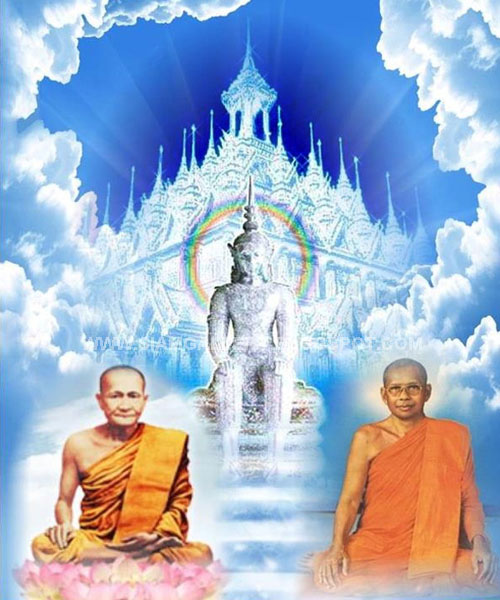
Luang Por Ruesi Ling Dam‘s legacy encompasses both spiritual achievement and social development. His transformation of Wat Tha Sung into a major religious center, combined with his extensive welfare projects, exemplifies the ideal of Buddhist leadership in modern Thailand. His teachings continue to influence practitioners, while his physical remains serve as a testament to his spiritual attainment. The preservation of his body, housed in an ornate crystal coffin at Wat Tha Sung, stands as a powerful symbol of his enduring impact on Thai Buddhism and society.
Luang Por Ruesi Ling Dam
